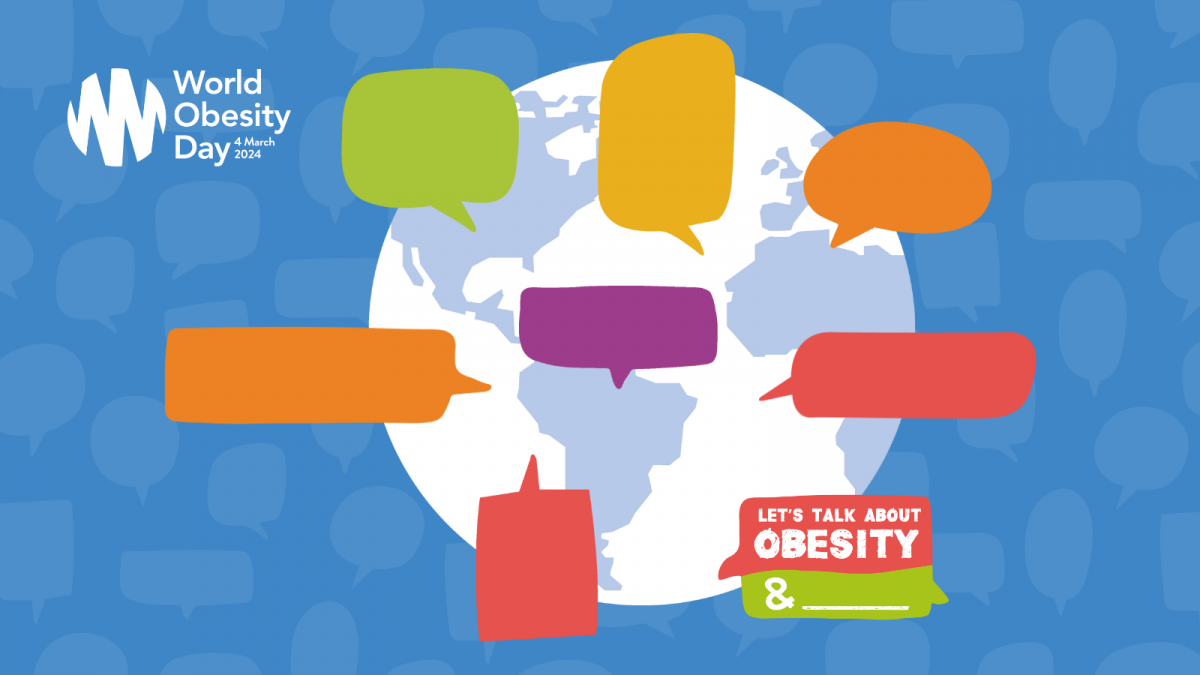public opinions: overcoming weight bias, do you have it in you?
this is a quote from an attendee who joined obesity can...
oct 07, 2021
infographic: a time for action on obesity
the awareness, care, and treatment in obesity management (action) study surveyed attitudes toward obesity treatment from three key demographics: people living with obesity (pwo), healthcare providers (hcps) and employers.
jan 20, 2020
crystal: weight of living
at 36 years old i am a content marketer for a creative agency by day, busy mom of four (aged 16-6) by night. my journey as a person living with obesity began when i became pregnant with my first child.
jan 20, 2020
nancy: weight of living
growing up, i was slim. after i married at 20 and it turned into an abusive situation i retreated into myself and comforted myself with food, instead of taking up jogging (oh, how i wish i had, but it wasn’t a “thing” back then).
jan 20, 2020
crystal: weight of living
at 36 years old i am a content marketer for a creative agency by day, busy mom of four (aged 16-6) by night. my journey as a person living with obesity began when i became pregnant with my first child.
jan 20, 2020
nancy: weight of living
growing up, i was slim. after i married at 20 and it turned into an abusive situation i retreated into myself and comforted myself with food, instead of taking up jogging (oh, how i wish i had, but it wasn’t a “thing” back then).
jan 20, 2020
mental health disorders and excess weight – a proverbial chicken and egg problem
today’s post comes from rebecca christensen. rebecca is a phd student in the dalla lana school of public health, epidemiology program at the university of toronto. she is also one of the current chapter representative on the oc-snp national executive.
jan 20, 2020
applying a weight bias lens to public health policies
weight bias, weight stigma and weight-based discrimination affect people of all ages and across settings, including in schools, at home, workplaces, healthcare systems and in popular media.
jan 20, 2020
mental health disorders and excess weight – a proverbial chicken and egg problem
today’s post comes from rebecca christensen. rebecca is a phd student in the dalla lana school of public health, epidemiology program at the university of toronto. she is also one of the current chapter representative on the oc-snp national executive.
jan 20, 2020
applying a weight bias lens to public health policies
weight bias, weight stigma and weight-based discrimination affect people of all ages and across settings, including in schools, at home, workplaces, healthcare systems and in popular media.
jan 20, 2020
risk factors of childhood obesity: what are they? how to prevent them? – an updated of 2019
today’s post comes from audrey st-laurent. audrey is a phd student in the department of kinesiology at laval university of quebec city. she is also the communications director of the oc-snp national executive.
jan 20, 2020
assessing the state of obesity care: quality, access and standards
i have been working in the field of obesity research, education and advocacy for over a decade. in that time, i have seen the field of obesity change significantly.
jan 20, 2020
risk factors of childhood obesity: what are they? how to prevent them? – an updated of 2019
today’s post comes from audrey st-laurent. audrey is a phd student in the department of kinesiology at laval university of quebec city. she is also the communications director of the oc-snp national executive.
jan 20, 2020
assessing the state of obesity care: quality, access and standards
i have been working in the field of obesity research, education and advocacy for over a decade. in that time, i have seen the field of obesity change significantly.
jan 20, 2020
bust the bias – what is obesity?
our #bustthebias series is a collection of educational videos aimed to provide research and evidence-based information that clears the air on misconceptions about obesity.
jan 20, 2020
weight bias
canadians living with obesity face widespread weight bias and weight-based discrimination from strangers, educators, employers, health professionals, media and even friends and family.
jan 20, 2020
 5 minute read
5 minute read


































